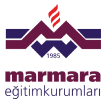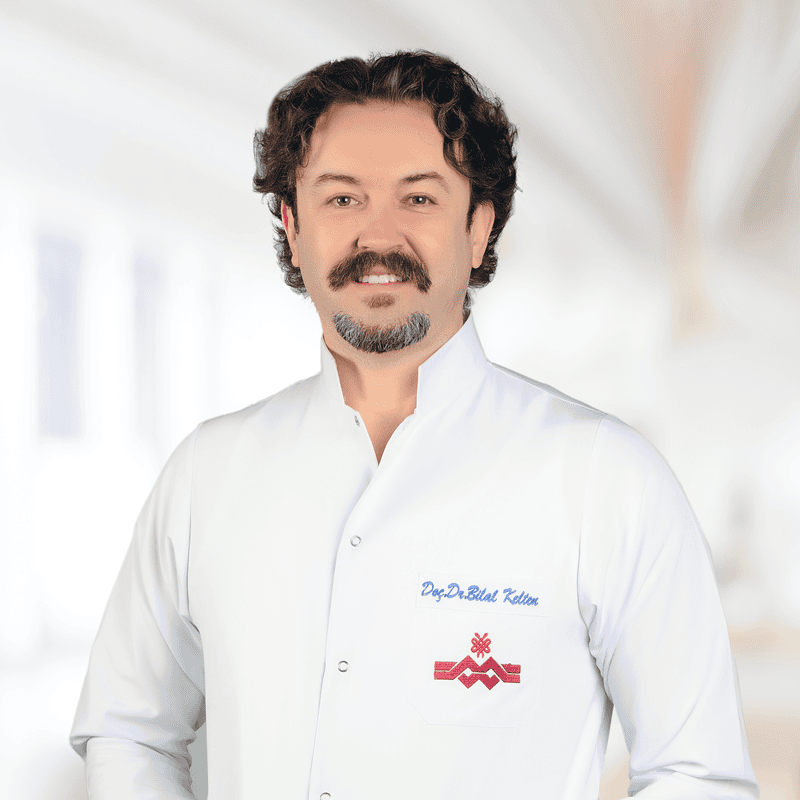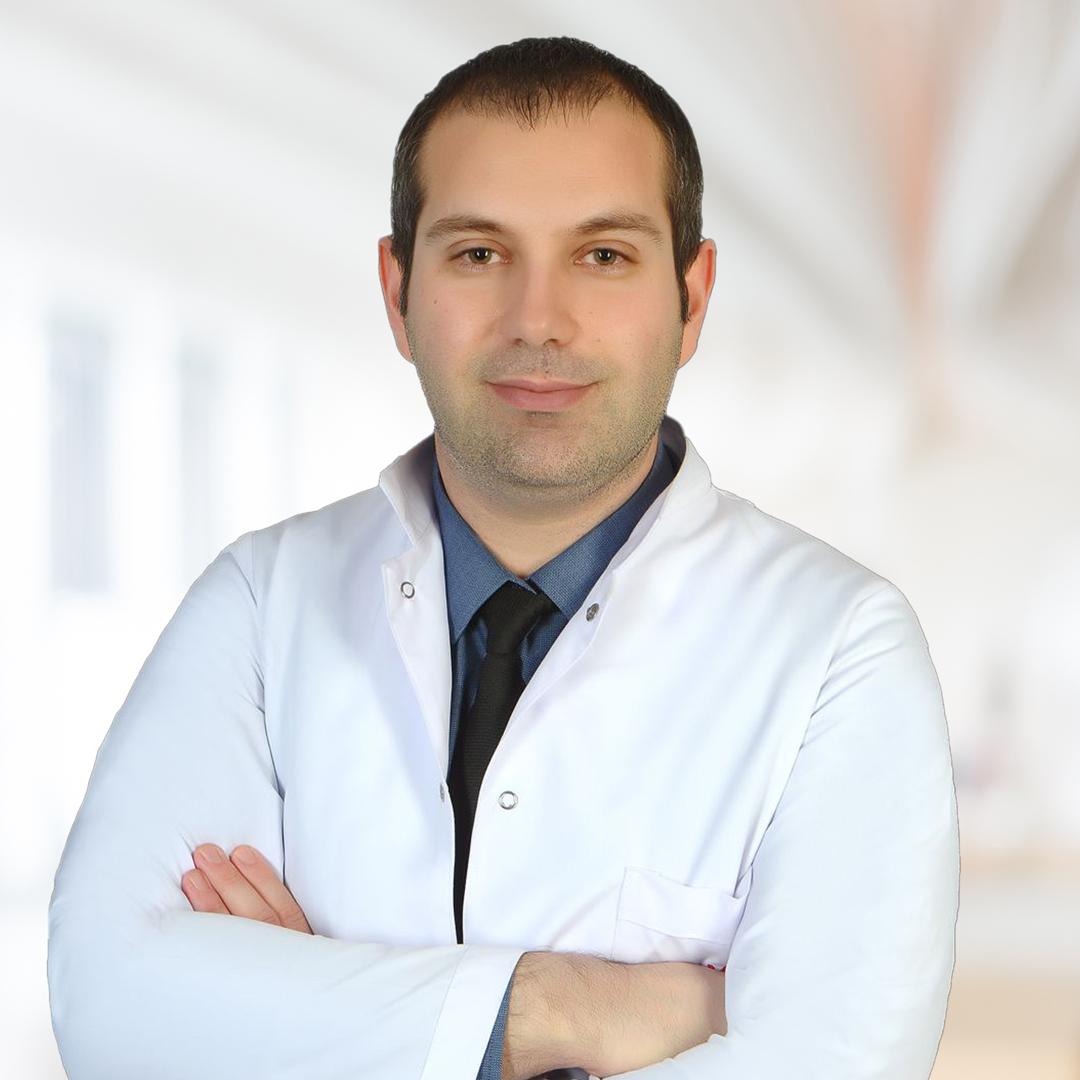Thanks to the ever-developing medical technologies, much more successful results are now obtained in the diagnosis and treatment stages in Brain, Spinal Cord and Nerve Surgery. Maltepe University Faculty of Medicine Hospitals Department of Neurosurgery provides fully equipped service to its patients with its advanced technology equipment and specialist doctors.
Brain and Vascular Diseases
In the treatment of brain and vascular diseases, endovascular (interventional neuroradiology) and surgical (microsurgical) methods are applied according to the patient's condition. These two methods can be applied separately as well as together.
Brain vessel aneurysms: It is a cerebrovascular disease that occurs in the form of bubbles in the brain vessels and causes sudden worsening with bleeding and can lead to vital losses.
Arterio-Venous Malformation: In this vascular disease, the arteries and veins form tangles in the brain and are highly prone to bleeding.
Carotid Stenosis: Carotid stenosis, which causes stroke (stroke) with the formation of clots, is the narrowing and occlusion of the carotid artery parts of the neck or brain. The treatment must be done very urgently within hours.
Brain hemorrhages: It is called the cases of blood leakage into the brain tissue or brain membranes.
Cerebral vascular occlusion: These are vascular occlusions that cause the blood supply to the brain to be interrupted suddenly. Interruption of blood causes stroke (paralysis), it needs to be treated urgently. The occluded vessel, which interrupts the blood flow, is opened by endovascular methods, and the brain is re-blooded with microsurgery. With this application, it is also possible to relieve the compressed brain tissue.
Treatment of Brain and Spinal Cord Tumors
Regardless of adults or children, surgical interventions are performed by applying microsurgery and endoscopic techniques in brain and nerve tumors. The patient's condition is evaluated in a council consisting of the patient's neurosurgeon, radiation oncologist, medical oncologist and neuroradiologist.
As a result of the council's evaluation, long-term chemotherapy or radiotherapy is chosen for some tumors. In the case of skull base tumors, especially pituitary tumors, an ENT specialist must be included in the surgical team that will perform the operation.
Spinal Diseases
Spinal diseases can be encountered in many cases. Surgical procedures are applied in cases of traumatic conditions such as accidents and injuries, back slippage that occurs with old age, or congenital causes.
In addition, diseases such as lumbar and neck hernia are also in the field of expertise of neurosurgeons. With microsurgical and endoscopic surgical methods, lumbar hernia, neck hernia and spine stabilization procedures are performed. All these procedures are planned jointly with the physical therapy and rehabilitation department. Again, non-surgical treatments for pain are also carried out within this discipline.
Treatment of Childhood Brain and Nerve Diseases (Pediatric Neurosurgery)
In this section, surgical procedures are applied for congenital and acquired head and spine diseases. The brain water collected in the head (hydrocephalus), "spinal dysraphism" (waist opening), vascular diseases, and tumors, especially encountered in newborns, are mainly concerned with.
Traumas (Brain Injuries as a result of Beating or Accident)
Patients with head trauma are treated promptly in the intensive care unit. Physical therapy and rehabilitation programs are carried out simultaneously with this process. The aim here is to increase the quality of life again after eliminating the person's life risk.
Specialists in the Neurosurgery Department of Maltepe University Faculty of Medicine Hospitals provide rapid diagnosis, and correct intervention by working in coordination with the emergency service and intensive care unit 24 hours a day.
How Are Functional Diseases Treated?
In the treatment process of functional diseases, a decision is made in a working group formed by expert neurologists, psychiatrists and physical therapists on whether surgical intervention is needed for the patient.
Especially in diseases such as Parkinson's, which reduce the quality of life, brain battery application is performed. It is performed with "baclofen pump placement" or "selective dorsal rhizotomy" operations for the treatment of spasticity caused by congenital reasons or severe head traumas. In epilepsy (elepsy) disease, which cannot be achieved with drug treatment, the surgical process is organized with epilepsy surgery.
Advanced Technologies to Minimize the Risks of Surgery
Neuronavigation: The neuronavigation system provides 3D imaging in surgeries in brain, spinal cord and neurosurgery. It is used in various situations from Parkinson's surgery to brain tumors, from spine and spinal cord surgery to biopsy in brain tumors. Taking images of the patient before and during the operation with this system and using them during the surgical procedure is also called "neuronavigation".
First, the patient's MRI is taken and transferred to the neuronavigation device. Then, the anatomical or physiological image obtained from MR is used at the time of surgery. In this way, various risk areas in the patient's brain or spinal cord can be seen by real-time neuronavigation and planning is made according to these images. The aim here is to minimize the potential damage to healthy tissue during surgery. This is possible thanks to the neuronavigation technology approaching the targeted area in the brain and spine with a high degree of accuracy.
Neuromonitoring: This technology is used in tumors located in sensitive areas of the brain, aneurysm or AVM surgery, spinal cord tumors and sensitive spine surgery such as scoliosis. In the neuromonitarization procedure, the patient is put to sleep by the neurologist before the operation. Electrodes are placed on the face, arms and legs of the patient and signals are received during the surgery. When the surgeon performing the surgery comes to the sensitive area, the device gives a warning by decreasing the signal. Thus, the risks of facial, arm or leg paralysis that may occur after surgery are greatly reduced.
Intraoperative ultrasonography: It is the use of an ultrasound device during surgery by the radiologist to determine the location of the tumor and control how much of it has been removed in brain and spinal cord tumor surgeries. This technology has a very important place in the removal of tumors that are difficult to distinguish from brain and spinal cord tissue during the operation.
Endoscopy: There are many areas where endoscopy is used. It is frequently preferred in pituitary, intra-ventricular tumors and hydrocephalus surgeries, especially since it provides a wide viewing angle in narrow areas. In addition, it appears as an alternative treatment option to microsurgery in common spinal problems such as herniated disc.
Gliolan Staining Technique: In this technique, gliolan, which makes the tumor appear in a different color, is given to the patient before the operation. In this way, normal brain tissue and tumor tissue can be seen in different colors in the surgical microscope, which has a special filter during surgery. Thanks to the gliolan staining technique, tumor removal is performed at the maximum level and the brain tissue is damaged as little as possible; The patient's risk of neurological loss is reduced as much as possible.
Awake cranitomy: In the surgery of tumors formed in the regions responsible for arm and leg movements called “motor area”, the operation while keeping the patient awake is called awake cranitomy. The reason for this is to prevent damage by controlling the speech and arm-leg movements of the patient during the surgery.
Intraoperative CT (O-Arm): This method is especially used in operations where screwing to the spine is performed. Thanks to the O-Arm technology, which takes a 3-dimensional tomography image, the margin of error in screwing operations is almost no longer.
O-Arm technology provides important information to the surgeon at every stage during the operation and reduces the risk of recurrence of the disease to zero. Thus, the patient is exposed to less radiation. In addition, thanks to this method, smaller incisions are made during the surgery and the risk of infection is reduced.












